Bosworth
There are few more decisive moments in English history than the Battle of Bosworth. In the white corner King Richard III (York), who got to be king by disposing first of the claims and then of the bodies of the Princes in the Tower (probably). In the red corner, Henry Tudor (Lancaster) who had been living in France planning his comeback tour. In the middle (politically and physically) the Stanley brothers, Thomas and William, and their army. Thomas Stanley, the older brother, and managed to play both sides of Plantagenet politics remarkably well. He was Steward to Richard III while married to Margaret Beaufort, mother of Henry Tudor by a previous marriage. Thomas’s son George was being held hostage by Richard III as a guarantee of Thomas’s loyalty. What would the Stanleys do?
What would Walder Frey do? (That should be a bumper sticker.)
They ignored the fact that George was a hostage, waited to see which side was winning, then joined in on the winning side. That is how Henry Tudor got to be Henry VII, and Thomas Stanley got to be first Earl of Derby. Thomas’s son survived the battle, incidentally, as Thomas did not commit to the battle to the end, though his brother William and his supporters intervened earlier.
Here’s the monument to the battle.
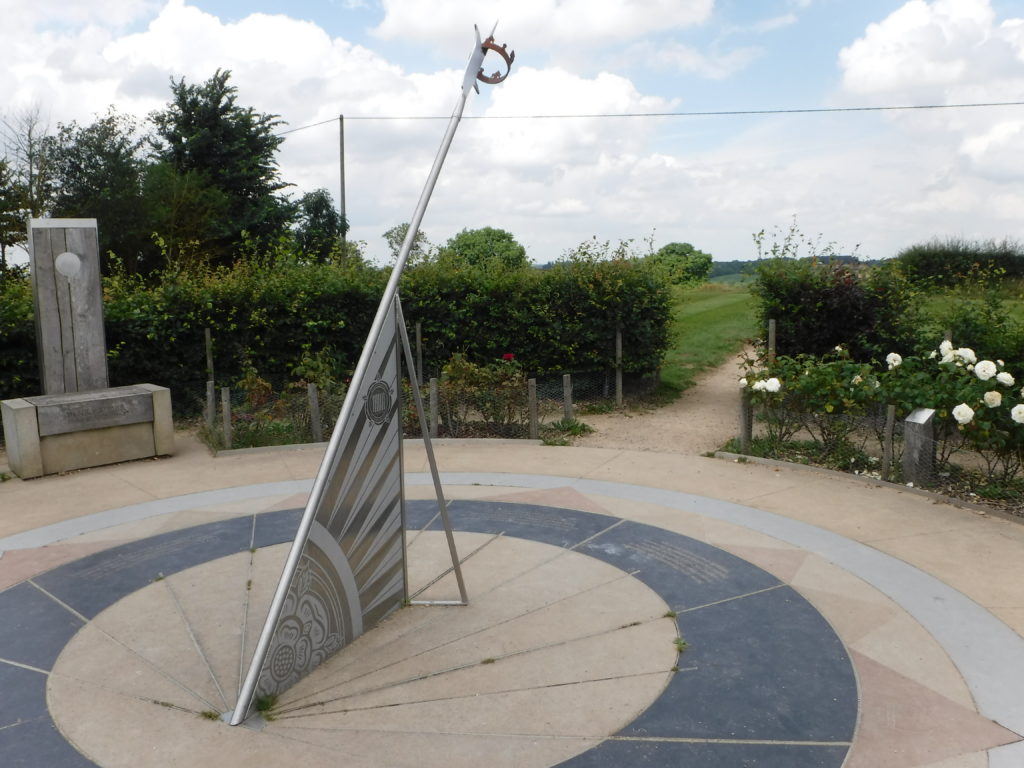
For a couple of hundred years this was thought to be the location of the battle, but in the 1980s historians started to challenge this based on 16th Century records, and suggested a site two miles away was more likely. When the new site was investigated by archeologists it turned out to be full of cannon balls, and in 2009 a Yorkist silver badge was found which was convincing evidence that the battle happened in a bog rather than on a hilltop.
While we’re on the subject, here’s the stone that no longer marks the spot where Richard III was killed.
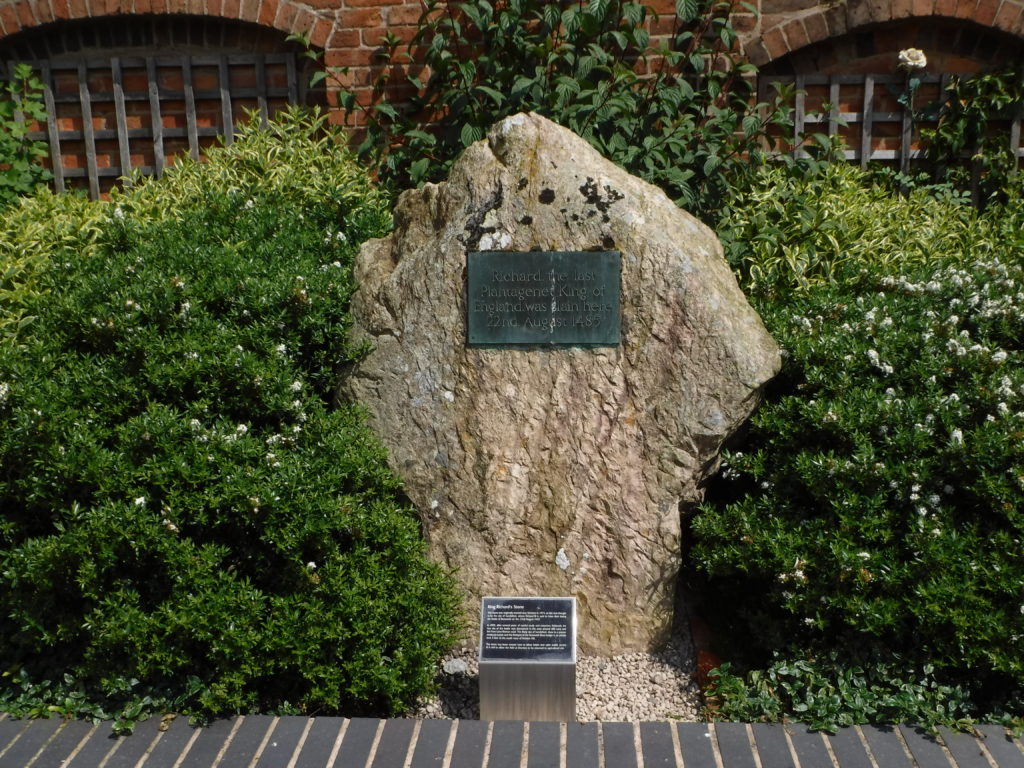
This is no longer claimed to be Richard III’s coffin.
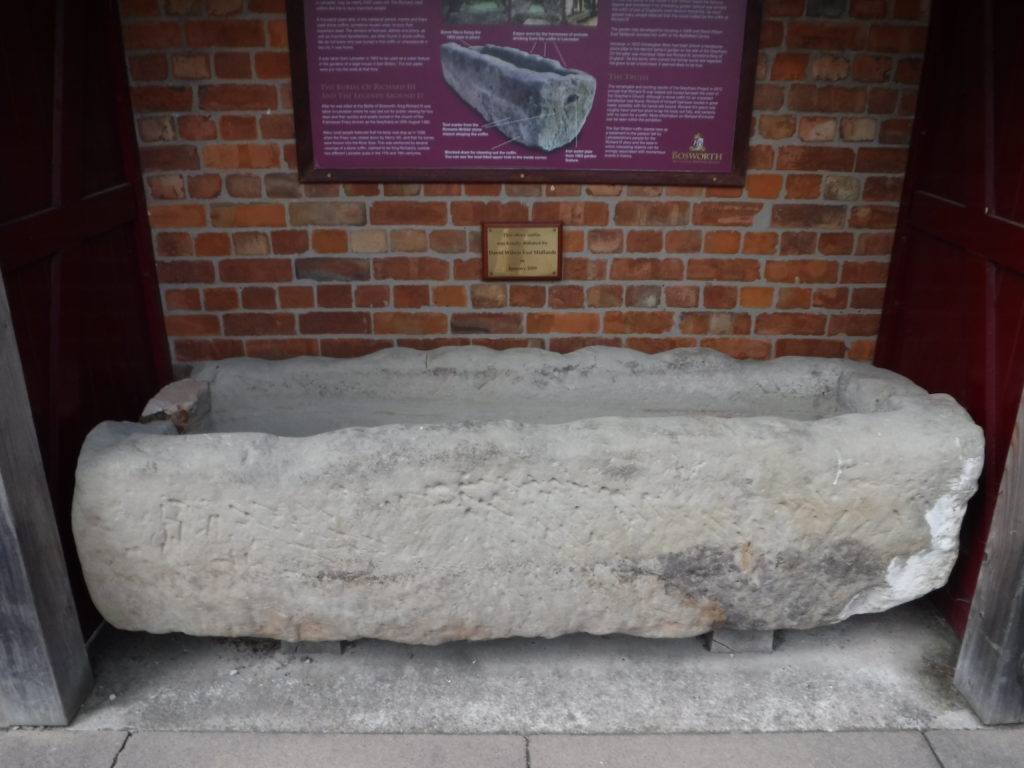
Actually, it’s a much older Roman coffin, that was used over the centuries as a drinking trough for animals and a garden planter. I wonder what it will be doing in another thousand years.
Just down the hill from the monument is one end of a steam railway. Here we see the Fat Controller talking to James the Really Splendid Engine.
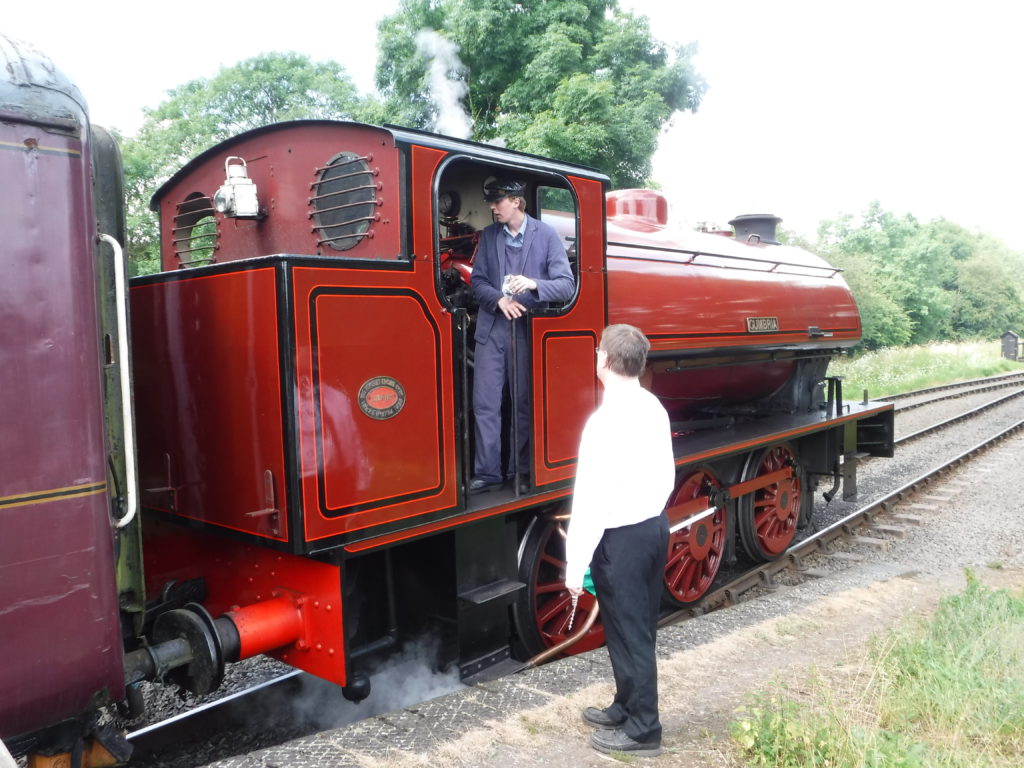
The old railway station was demolished, so they moved a different railway station to the platform because railway restoration fans are like that. The waiting room now houses a glass blowing studio where we watched Richard Golding create a glass bowl with the assistance of Anona Wyi.
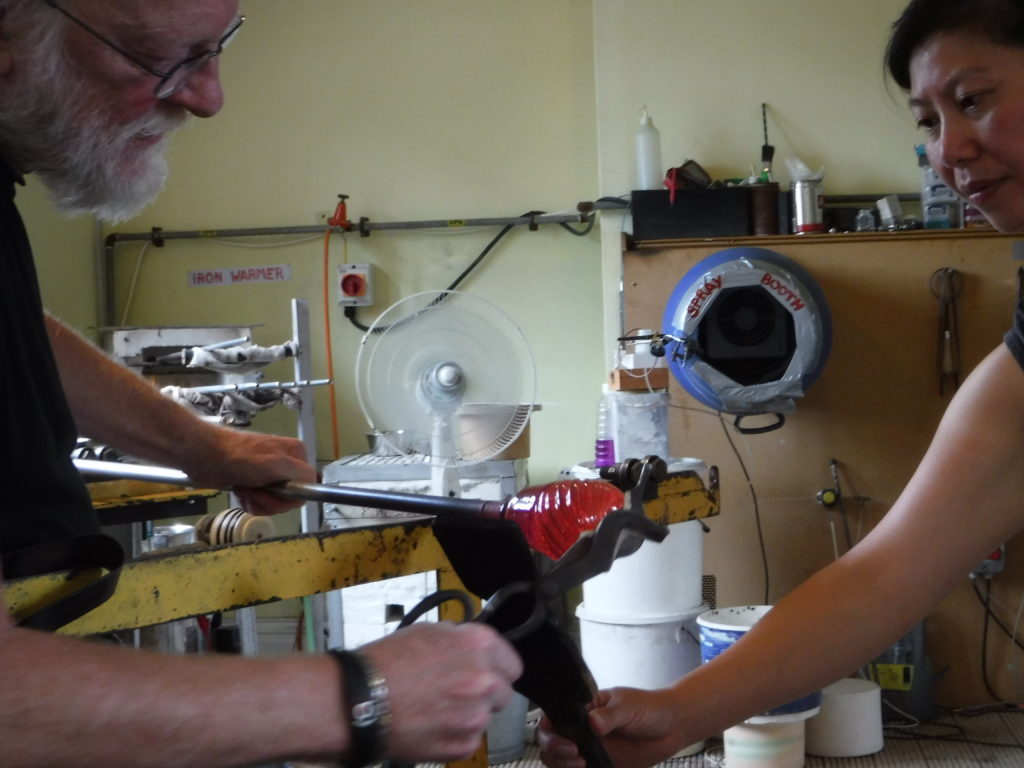
Here they are attaching the base, which involves adding a different piece of molten glass to the bowl in progress.
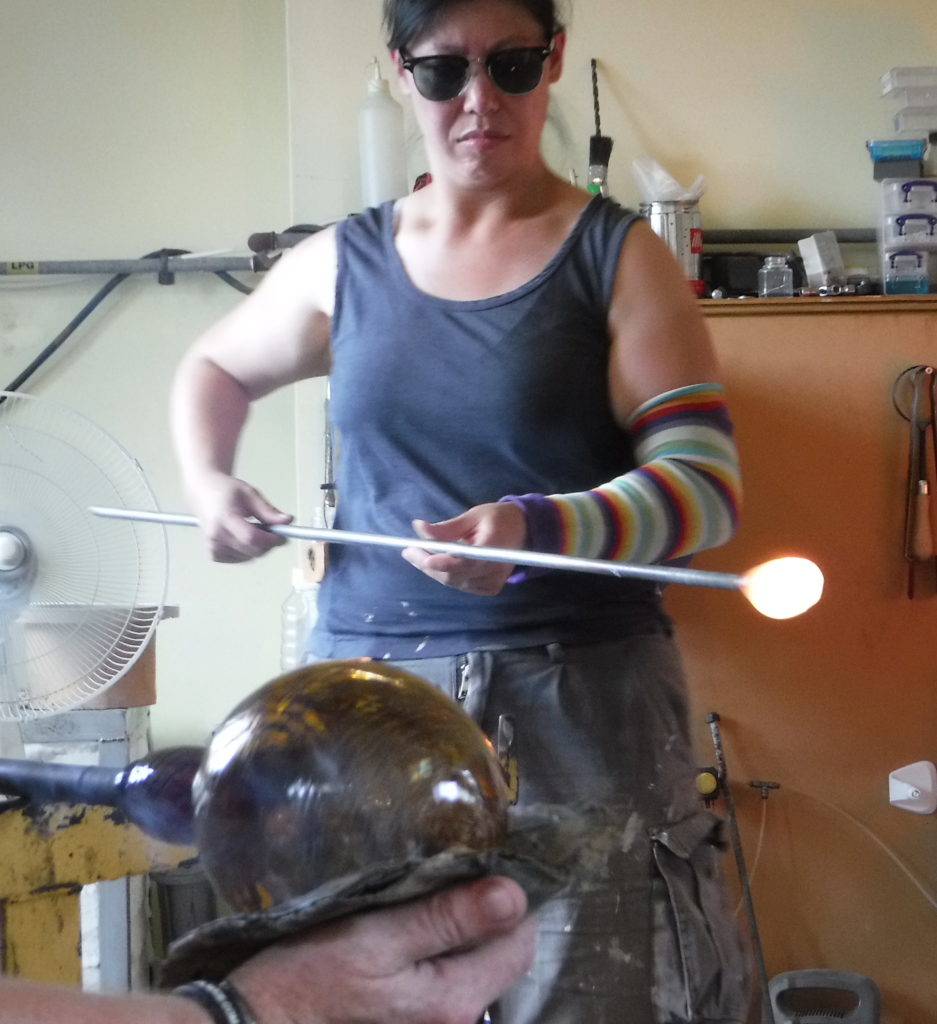

Across the canal in the other direction is the village of Shenton.
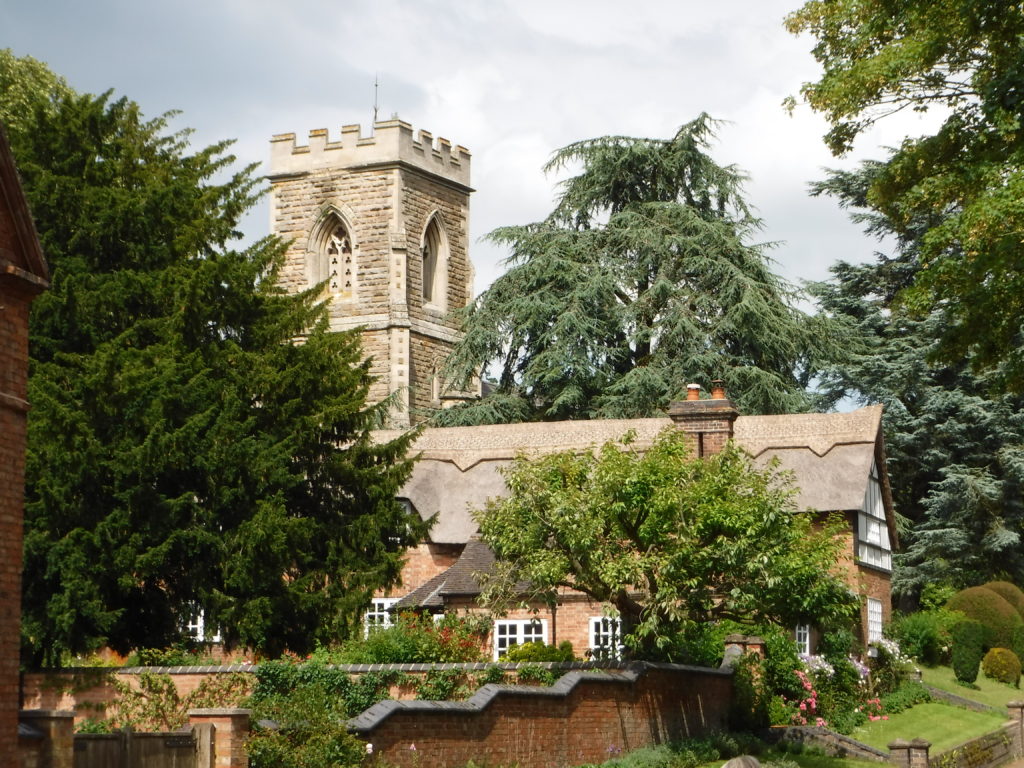
I don’t have any pictures of Shenton Hall, a fine Jacobean manor, as it has so far not fallen into the hands of the National Trust. It also has a bloody great wall around it, possibly because the estate was used as a prisoner of war camp in World War II. Sir Henry’s “small but daunting” prisoner of war camp at Rawlinson End seems more realistic now.